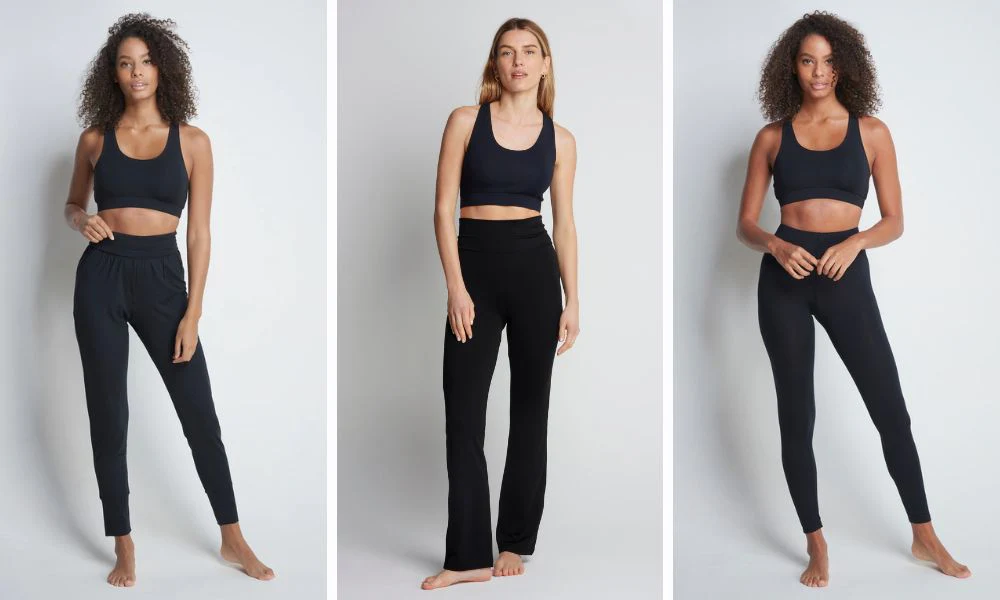
From Wastage to Work out: Trip Through Recycled Activewear Materials
From massive amounts of textile waste to excessive water use, the fashion business especially the production of athletic wear has long been a main cause of environmental issues. But spurred by increasing customer awareness and creative production techniques, a transforming change is under construction. Waste becomes high-performance clothing meant for comfort and movement by use of recycled athletic fabrics. Presenting a clear road towards a more circular economy in textiles, this novel idea meets the immediate need to lower landfill load and preserve natural resources. Using recycled materials not only reduces environmental impact but also usually produces strong, high-quality textiles that satisfy the strict criteria for sporting wear. Beyond appearances, this paradigm change emphasizes the importance of sustainable activewear in embracing social and environmental responsibility all during the product lifetime. Emphasizing that performance and planetary health can, and should, coexist, this change is reinventing sports apparel.
Turning Around Plastic Trash
Usually beginning with plastic waste, recycled clothing comes from plastic bottles and thrown-off fishing nets. These objects which would otherwise pollute oceans and landfills are gathered, sorted, and thoroughly cleaned before either mechanical or chemical recycling. Plastic is melted then reformed into pellets for mechanical recycling; it is then rolled into yarn. Chemical recycling helps to manufacture new, premium fibers that mimic virgin materials by separating the polymers down to their fundamental monomers. This first transformation decides whether they are generated for new fabric and whether waste is diverted. This also helps to create a new product.
From Food to pellets
Once the plastic waste has been transformed into usable pellets or regenerated fibers, it is next converted into the performance fabrics required for sporting wear. These recycled yarns are spun, dyed, or knitted into several types of textile structure. First priorities for manufacturers are getting the perfect sportswear features: stretch, breathability, moisture-wicking ability, and durability. In this case, knowledge of textile mills is essential since they produce the materials to satisfy particular performance criteria while preserving their recycled integrity. Leading examples of this fabric innovation include several Vietnam clothing manufatcurer and several well-known manufacturing facilities.
Designing environmental fashion
Last goes cutting, sewing, and finishing the ensembles. By cutting fabric waste all through the design process, designers may maximize the sustainability of the final product. Moreover, really sustainable sportswear depends on moral manufacturing techniques applied in companies. It is dedicated to environmental responsibility and makes sure their whole supply chain from waste gathering to final garment manufacture follows strict ethical and environmental rules. This not only shows a dedication to a better planet but also produces rather exceptional results.
Benefits for Earth and Individuals
Recycling sportswear offers advantages beyond only waste reduction. It uses far less energy and greenhouse gas emissions than manufacturing virgin polyester or nylon. It lessens reliance on also limited fossil fuels. For clients, it presents a chance to adopt environmentally friendly solutions without sacrificing stylishness or utility. This creativity creates market demand for more supportable approaches across the fashion business, therefore promoting a future in which fashion and responsibility are inseparably tangled.













